Long Night of Science - 20 June 2025

The next Long Night of Science is taking place in Leipzig on 20 June 2025. We look forward to seeing you there!
Talks (in German)

Die Analyse alter DNA revolutioniert unser Bild der Menschheitsgeschichte: Mithilfe moderner Methoden ist es nun sogar möglich, das Erbgut aus feuchten, warmen Regionen zu entschlüsseln. Dadurch gewinnen wir faszinierende Einblicke in Migration, Verwandtschaft und kulturelle Praktiken früherer Gesellschaften. Von der Besiedlung der Pazifikinseln bis hin zu geheimnisvollen rituellen Gräbern: DNA-Spuren erzählen gemeinsam mit archäologischen Funden spannende Geschichten aus der fernen Vergangenheit, die so (noch) in keinem Geschichtsbuch stehen.
Dr. Kathrin Nägele; Otto-Hahn-Forschungsgruppe Tropische Archäogenomik
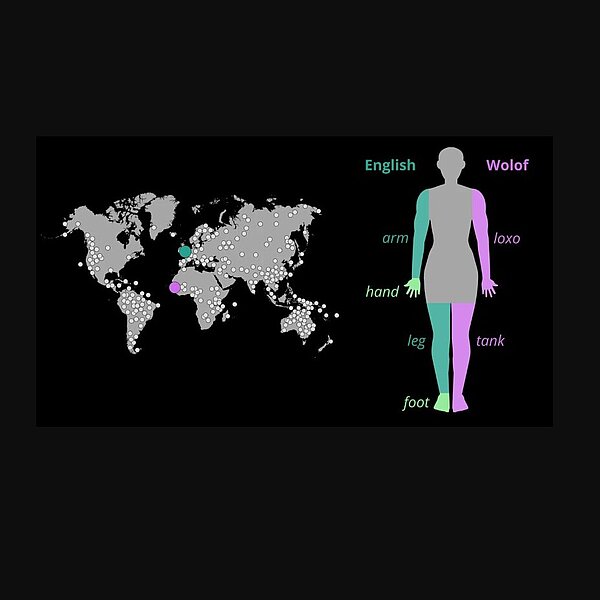
Sprachen und ihre Wörter sind wertvolle kulturelle Schätze. Durch die systematische Sammlung von Wortschätzen in Datenbanken können wir nicht nur die kulturelle Vielfalt dokumentieren, sondern auch wissenschaftliche Erkenntnisse gewinnen. Die Untersuchung von Gemeinsamkeiten und Unterschieden in zahlreichen Sprachen offenbart interessante Muster: Während viele Sprachen "Hand" und "Arm" mit einem Wort bezeichnen, gibt es nur wenige, die "Finger" und "Zeh" gleich benennen. Mit Datenbanken können wir über 1.000 Sprachen analysieren und so ein umfassendes Bild sprachlicher Vielfalt erhalten.
Dr. Annika Tjuka; Abteilung Sprach- und Kulturevolution

Die Neandertaler waren eine Menschengruppe, die Tausende von Jahren in Europa gelebt hat. Vor etwa 60.000 Jahren wanderte der moderne Mensch, also unser direkter Vorfahre, aus Afrika nach Europa ein und besiedelte genau die Gebiete, in denen der Neandertaler lebte. Der Neandertaler ist jedoch vor etwa 40.000 Jahren ausgestorben. Was ist passiert? Wer war dieser Neandertaler? Haben unsere Vorfahren ihn getroffen? Mithilfe genetischer Daten können wir versuchen, diese Fragen zu beantworten und den Einfluss der Neandertaler auf uns heute zu erforschen.
Dr. Leonardo Iasi; Abteilung Evolutionäre Genetik

In einer Studie mit über 1.000 Kindern aus 15 Ländern zeigte sich: Weltweit schreiben Kinder Tieren zwar Gedanken und Gefühle zu, halten menschliche Gedanken aber für einzigartig. Diese Auffassung entsteht früh und bleibt stabil, unabhängig von Kultur oder Lebensumfeld. Was bedeutet das für ethische Fragen der Mensch-Tier-Beziehung? Wie Kinder diese Fragen beantworten, hat uns überrascht – ich lade Sie ein, mehr zu erfahren.
Prof. Dr. Daniel Haun, Abteilung Vergleichende Kulturpsychologie
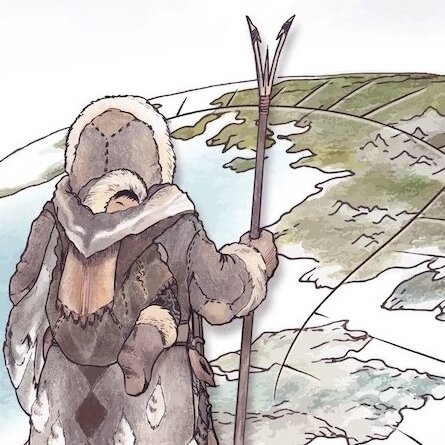
Unser Erbgut ist wie ein riesiges Archiv: Es speichert die Spuren unserer Vorfahren und erzählt Geschichten, älter als jede Schrift. In den letzten Jahren hat die Forschung an alter DNA unser Bild der Menschheitsgeschichte grundlegend verändert. Winzige DNA-Spuren aus den Knochen Tausender unserer Vorfahren zeigen, dass unsere Geschichte von Mobilität und Migration geprägt war – von Jägern und Sammlern über die Ausbreitung des Ackerbaus bis zur Völkerwanderung. Erhalten Sie spannende Einblicke in die neueste Forschung und erfahren Sie, warum wir alle Erben einer bewegten Vergangenheit sind.
Dr. Stephan Schiffels, Abteilung Archäogenetik
Interactive stations (German & English)
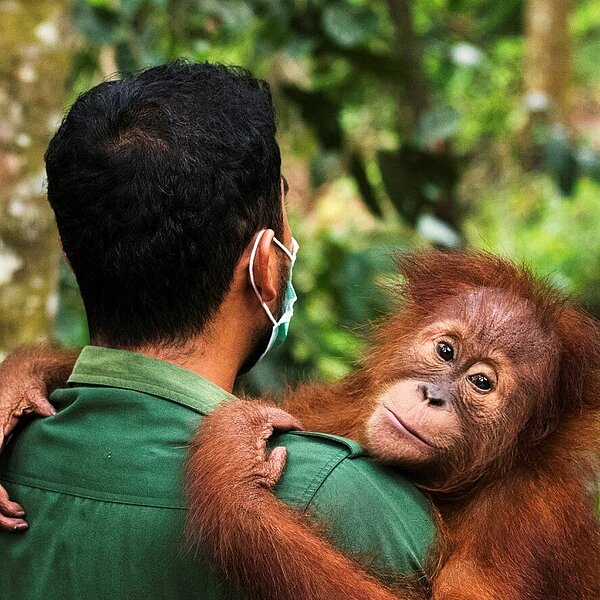
Orang-Utans in Not e.V. is dedicated to protecting endangered orangutans and their habitat. To this end, we support a sanctuary in Batu Mbelin, Sumatra, as well as other initiatives. At our stand, you can find out exactly how the sanctuary operates. During the rally, you will complete various tasks and learn about daily life at the sanctuary and the challenges it faces. Become a researcher yourself and help the orangutans return to the rainforest!
Orang-Utans in Not e.V.

Stone tools are not only used by humans. Some primates, such as chimpanzees and macaques, use them today to open food sources such as nuts and oysters. Studying tool use in primates can provide insights into the origins of technology and culture in early hominins. This station demonstrates how primate-focused archaeology, or the archaeological study of primates, can improve our understanding of the earliest stone tools and what they reveal about us as a tool-using species.
Hannah Rausch & colleagues of the Department of Human Origins & the Technological Primates Research Group
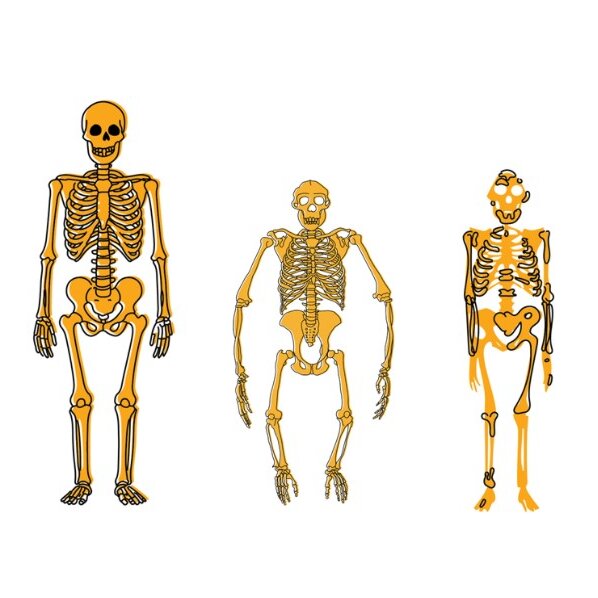
Become a paleoanthropologist! Examine casts of the skeletons of modern humans, chimpanzees and Lucy (Australopithecus afarensis). Try to identify the owners of the bones by looking at characteristics such as the shape of the pelvis, the curvature of the spine, the angle of the knees, and the position of the foramen magnum (the hole at the back of the skull). Look out for clues such as an upright gait, limb proportions, and the connection between the spine and skull. This will teach you how our ancestors walked and evolved.
Dr. Annalisa Pietrobelli & colleagues of the Department of Human Origins

In one of Aesop's fables, a thirsty crow comes across a jug of water. However, the water is too deep for the crow to reach. The crow finds a solution to this problem, and this behaviour has also been observed by scientists in many bird species. Can you guess what it is?
Dr. Corina Logan & Dr. Dieter Lukas; Department of Human Behavior, Ecology and Culture
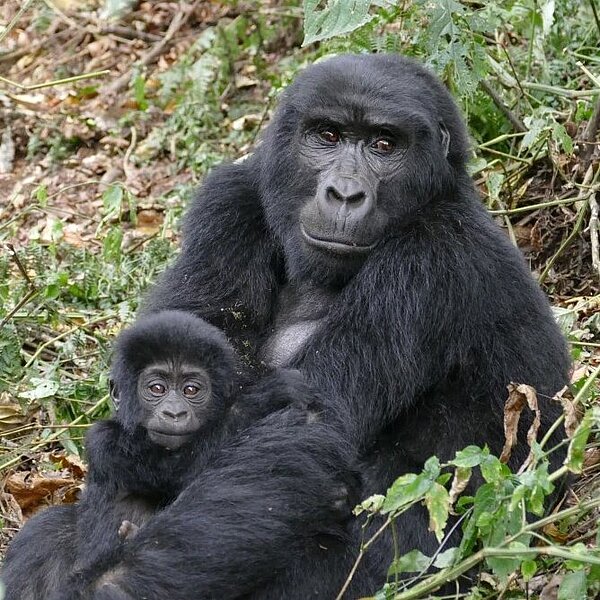
Who doesn't enjoy sleeping in a comfortable bed? The same goes for our closest relatives, the great apes. Every evening, gorillas bend branches to create a sleeping nest, then sit inside it. This creates a spacious, basket-shaped nest that keeps them warm and dry. Until they are four or five years old, young gorillas share a nest with their mother before building their own. However, they start practising nest building when they are just one to three years old. Now it's your turn: build your own gorilla nest! How does it feel to sit in it? Super-cosy!
Dr. Martha Robbins & colleagues of the Department of Primate Behavior and Evolution

DNA is often referred to as the 'code of life'. It contains all the information needed to build and sustain our bodies. In humans, as well as in plants, for example, it is neatly packaged in the cell nucleus. We use strawberries as DNA donors because they are perfect for a rich DNA harvest, with eight copies of their genome per cell. Using a simple chemical process involving salt, soap and alcohol, we can make the DNA visible. By the end of the experiment, you will have a spoonful of strawberry DNA and a good understanding of just how fascinating DNA is!
Teresa Zeibig & colleagues of the Department of Archaeogenetics
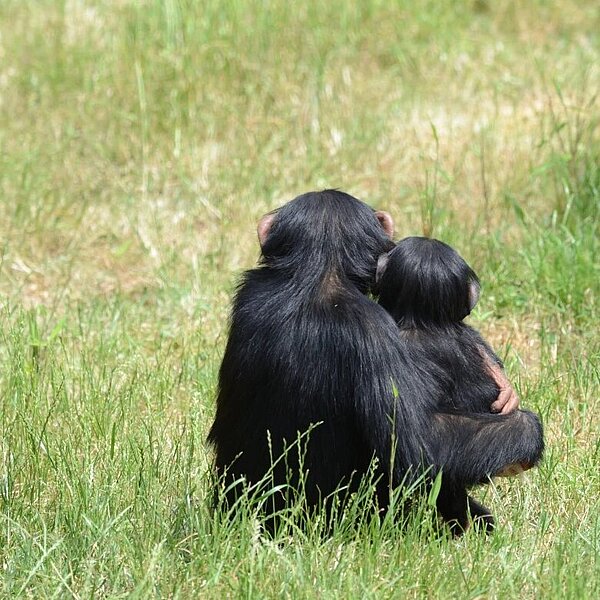
How do great apes think? Our stand, representing the Wolfgang Köhler Primate Research Centre — a collaboration between the Max Planck Institute for Evolutionary Anthropology and Leipzig Zoo — presents the latest research into the cognitive abilities of our closest relatives. Visitors will learn how great apes solve problems, use tools and process social information. Find out how this research is helping us to better understand the minds of non-human primates and, consequently, our own thinking processes.
Nico Eisbrenner & colleagues of the Department of Comparative Cultural Psychology
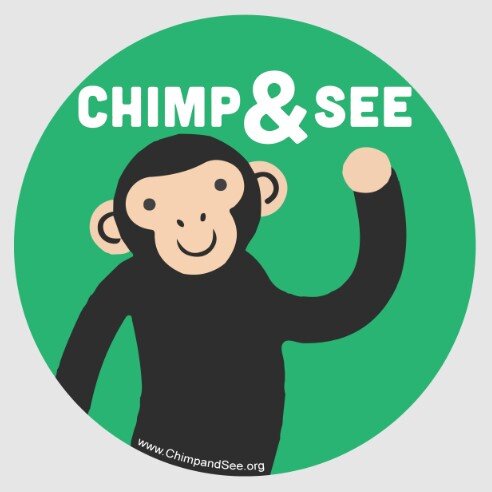
Discover the fascinating world of our closest relatives, the chimpanzee! By analysing 300,000 camera trap videos from 15 African countries, we can learn about their habitats and behaviours. Join us on a journey to the origins of humanity and learn how chimpanzee research is providing new insights into our own evolution. Chimp&See is an exciting participatory project that enriches science, supports nature conservation, and showcases the beauty of Africa.
Dr. Mimi Arandjelovic & colleagues of the Department of Primate Behavior and Evolution

How did people live and move around the tropics in the past? The Tropical Archaeogenomics research group uses a combination of ancient DNA analysis, archaeological research, language studies and oral history to investigate the population history and rich diversity of human life in tropical regions, spanning from America to Southeast Asia. The group has a particular focus on jade: a beautiful gemstone which, in the form of jewellery and as a commodity, provides fascinating insights into past cultures. Come and experience the magic of jade for yourself by carving your own soapstone pendant that resembles jade!
Tropical Genomics Research Group
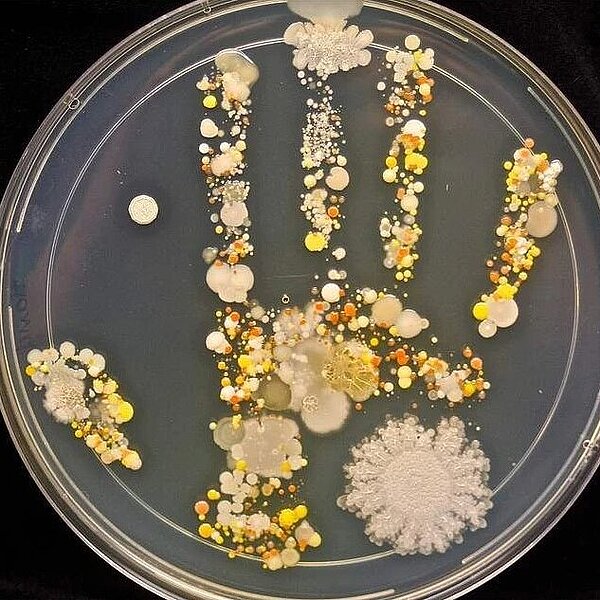
Did you know that your sink is home to tiny creatures? What about the flowers in your garden, the fountain in the park, or even your own palm? Our environment teems with bacteria, fungi, viruses and other microscopic organisms. These organisms help our crops to grow, remove pollutants from our water, and even live inside us. Our interactive exhibition shows you how scientists are researching the microbiome and introduces you to the microbes of our city!
Dr. Reena Debray & colleagues of the Department of Primate Behavior and Evolution